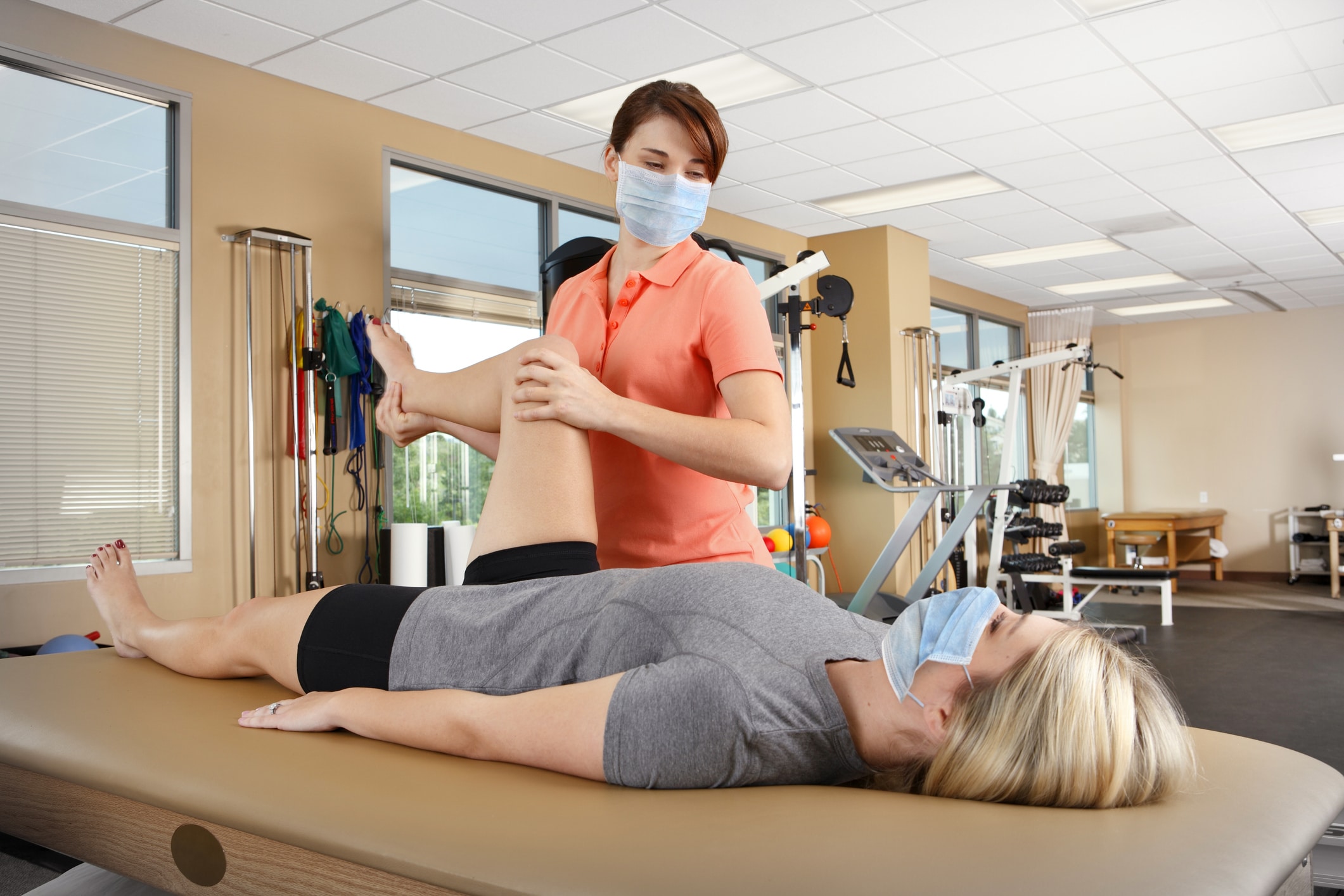Efficient Methods to Reduce the Chance of Acute Traumas in Sports Through Focused Preventive Strategies
Efficient Methods to Reduce the Chance of Acute Traumas in Sports Through Focused Preventive Strategies
Blog Article

Acute injuries in athletics can happen suddenly and often lead to serious issues for players. These injuries can range from twists and strains to breaks and head injuries. To assist reduce these traumas, it is essential to implement targeted protective strategies. These strategies concentrate on awareness, appropriate training, gear use, and overall health maintenance. By addressing these important areas, players can considerably lower their risk of experiencing acute injuries while participating in their favorite activities.
One successful method to minimizing the risk of injuries is through education. Players, trainers, and guardians should be informed about the common types of injuries associated with particular activities. Understanding the mechanics of these injuries allows all involved to identify the signs and symptoms early. Educational workshops or seminars can assist teach players about proper techniques and the importance of warming up before matches or practices. This understanding enables athletes to take charge for their safety and motivates them to express any concerns about potential injuries.
Another crucial protective strategy is adequate preparation. Players should engage in a well-rounded training program that centers on developing strength, flexibility, and endurance. Strength training helps build the muscles that support joints, lowering the likelihood of traumas. Flexibility exercises, such as elongating, can enhance the scope of motion and reduce the chance of muscle strains. Additionally, athletes should integrate sport-specific drills that simulate game situations, which can assist them become more acquainted with the movements involved in their chosen activity. Coaches play a vital role in developing and implementing these conditioning programs to ensure they are secure and effective.
The use of suitable equipment is also vital in reducing acute traumas in sports. Players should consistently wear the right equipment for their particular sport, including helmets, pads, and suitable footwear. For example, gridiron players need helmets to protect against head injuries, while football players require shin guards to shield their legs from collision. It is crucial that equipment fits correctly and is maintained regularly to guarantee it provides the necessary physical therapy for scoliosis protection. Trainers and guardians should encourage players to take the time to select and use the right equipment to reduce their risk of injury.
In addition to education, training, and equipment, maintaining overall health is crucial for trauma prevention. Athletes should emphasize proper nutrition, hydration, and rest to keep their physical condition in top condition. A nutritious diet rich in vitamins and minerals aids facilitate muscle recovery and overall athletic performance. Maintaining hydrated is also important, as dehydration can lead to exhaustion and heighten the likelihood of injuries. Lastly, getting enough rest is crucial for recovery and maintaining focus during training sessions and matches. By promoting good well-being habits, players can improve their performance and reduce their risk of suffering from acute injuries.
In conclusion, minimizing the likelihood of acute traumas in athletics requires a comprehensive approach that includes education, proper preparation, suitable gear, and overall health maintenance. By focusing on these targeted preventive strategies, athletes can better protect themselves from the dangers of traumas. Trainers, parents, and athletes all have vital roles to fulfill in creating a secure athletics environment. By cooperating together and emphasizing protection, the pleasure of athletics can persist without the disruption of serious traumas.